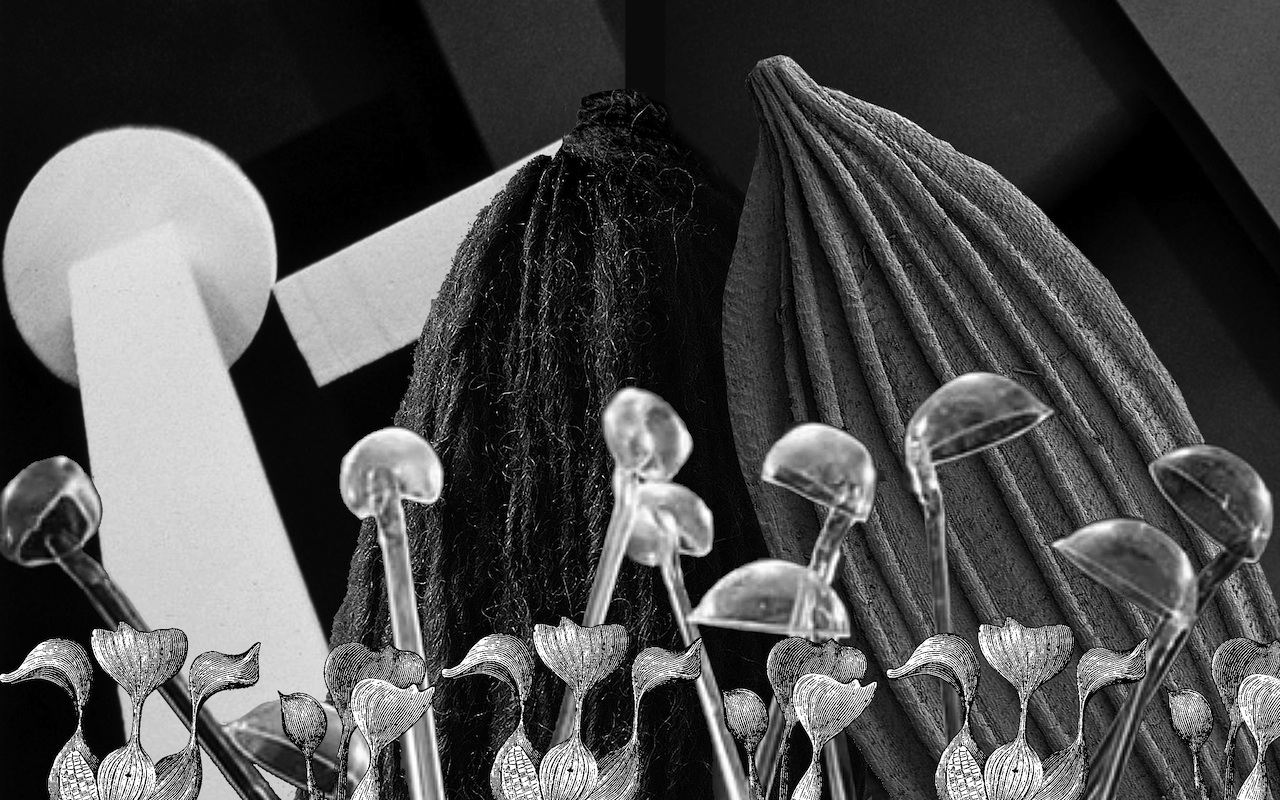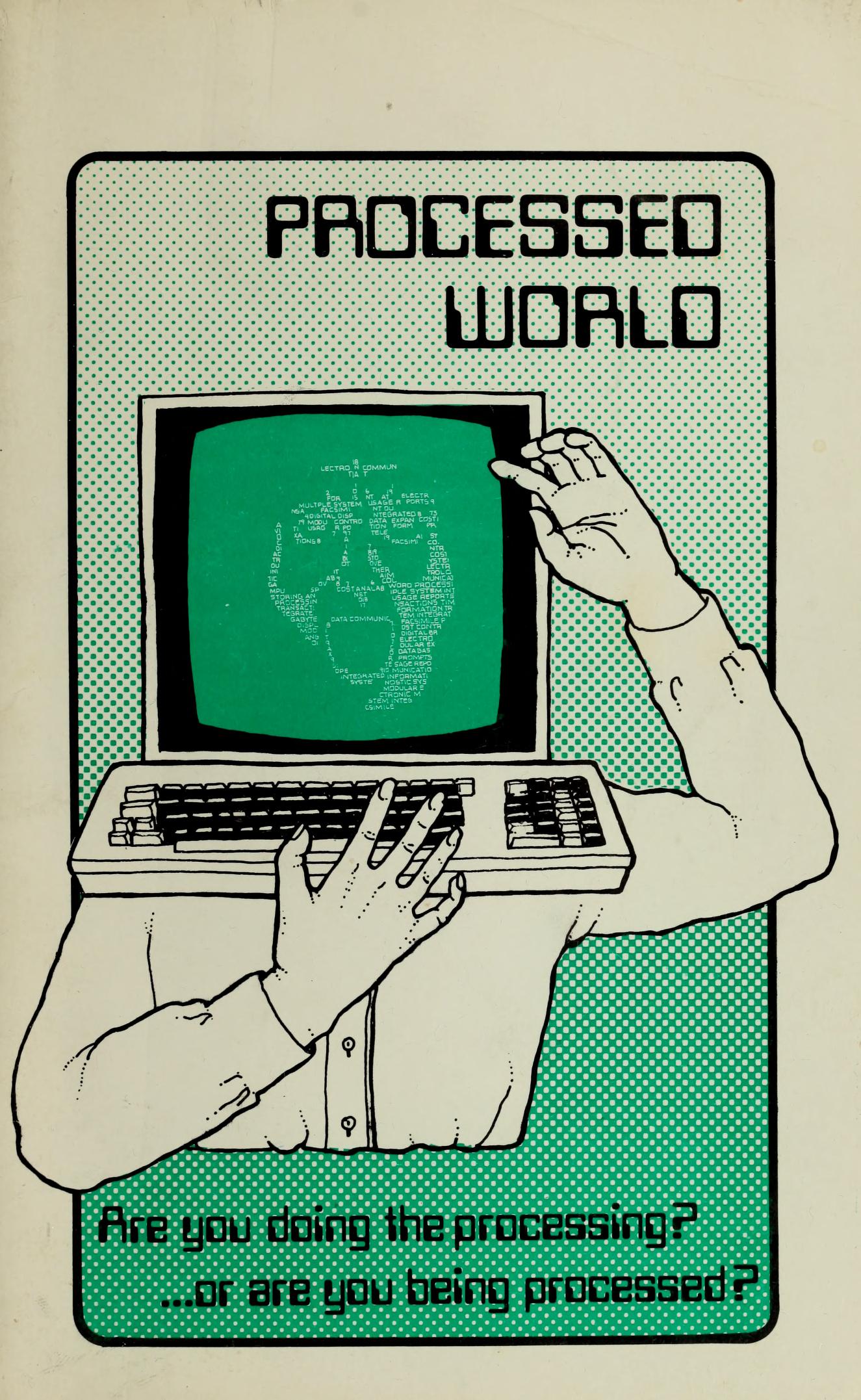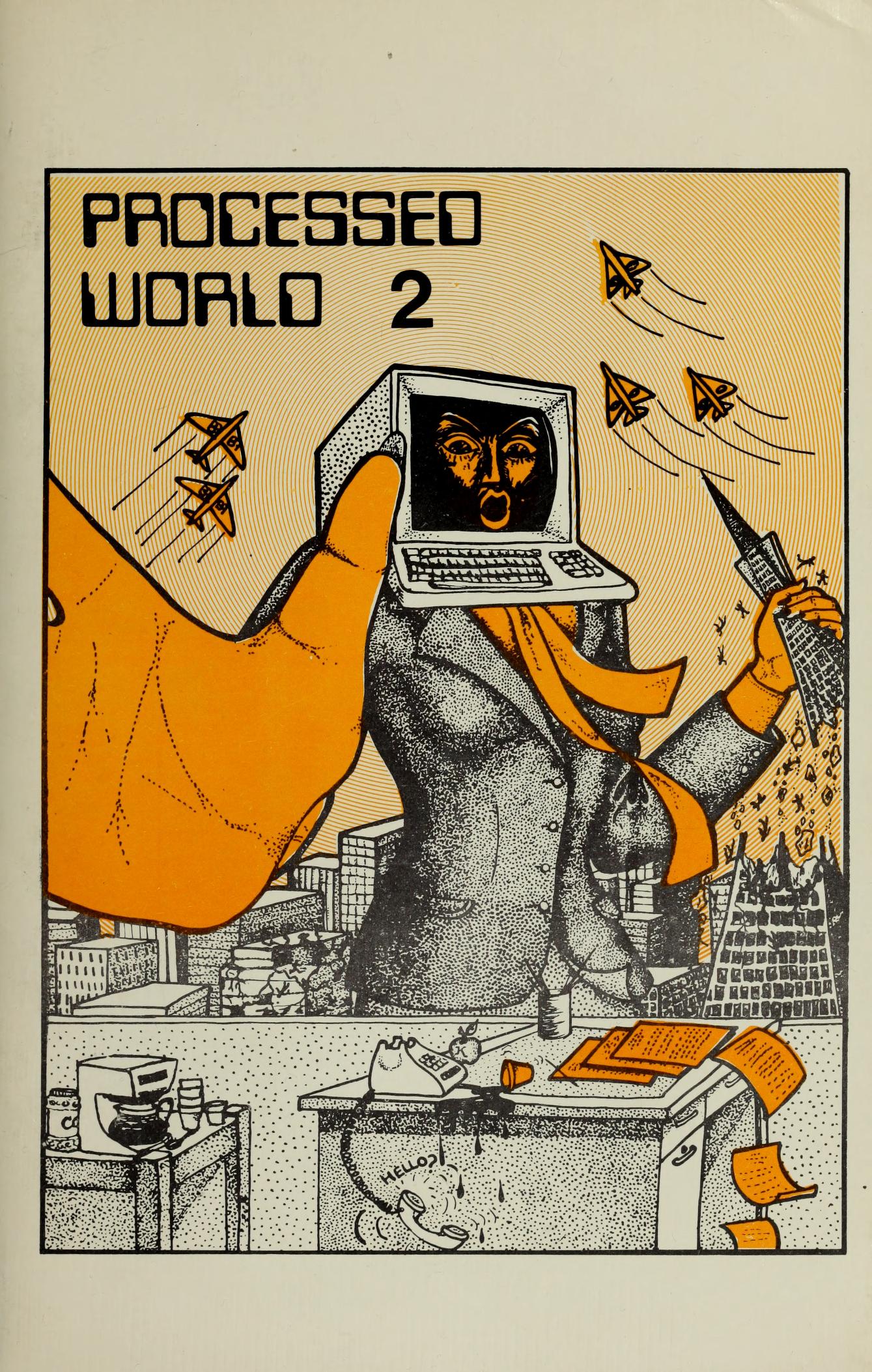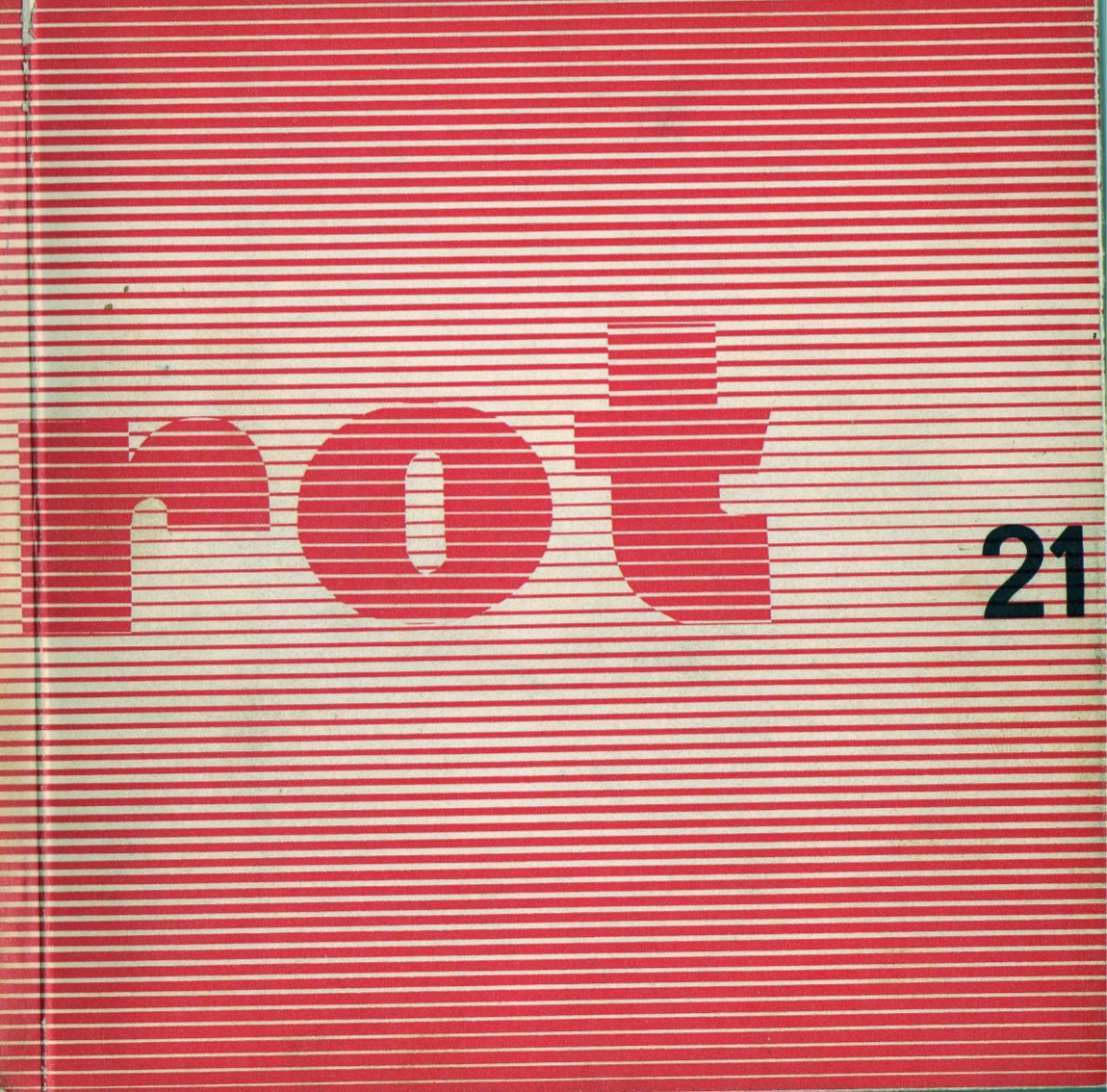Technosphere Magazine: Materials (2018)
Filed under dossier, magazine | Tags: · anthropocene, materials, matter, technosphere

“Stuff matters. In much of history, the real protagonists were the precious metals, burning hydrocarbons, superior aerogels, collapsing concrete, rare minerals, and toxic liquids. This goes for all chemical compounds, whether raw, processed, or newly designed, geogenic, biogenic, or anthropogenic. It is the inventory and also the political, ecologic, and economic criticality of the material world within which humans will always have to situate themselves. Inert matter constitutes the raw materials of life, while organic matter changes the chemical composition of other spheres, such as the atmosphere or the lithosphere. This is what Vladimir Vernadsky and others have taught us. Yet this eons-old circulation of matter has been perturbed, on a grand scale, by the intervention of a new sphere: the technosphere.
Perhaps the largest achievement in modern science is the studying of the properties of materials. In doing so, humans have discovered tools that have reshaped the world to the extent that the Earth has intractably reformulated itself in marked contrast from its prehuman trajectories. The whole technosphere rests on the mobilization and organization of (energetic) matter: its extraction, cracking, transformation, manipulation, and finally, dispersion. As a result, the entire material world has been turned into a resource to be manipulated, consumed, or reordered. It is the industrialization of this relationship between humankind and all matter that has contributed decisively to creating the technosphere.
This dossier discusses the criticality of the material world as the spatiotemporal backbone of the technosphere and, eventually, ourselves. It presents stories of stuff, from mining to discarding, by dwelling on the pure substances themselves as well as their endless variety, but also by bringing the logistics and transversal interrelations between them into focus. It asks about the relationship of artifacts and craft, the blurring lines between naturalness and artificiality, and even what defines the line between living and dead material.”
With contributions by Annapurna Mamidipudi, Sophia Roosth, Nicole Koltick, Sander van der Leeuw & Daniel Niles, Elaine Gan, and Esther Leslie.
Publisher Haus der Kulturen der Welt (HKW), Berlin, March 2018
Open access
Processed World, 1-33 + 2.001 + 2.005 (1981-2005)
Filed under magazine | Tags: · activism, anarchism, employment, information economy, labour, subversion, work


Processed World is an anarchist magazine about the absurdity of modern office work. The magazine was founded in 1981. No new issues have been produced since 2005.
The magazine is about the absurdity and futility of modern employment practices in which a large number of college-educated people are often forced to seek temporary work with no worker benefits. The magazine details the subversive attitudes and sense of humor required for workers to be able to get through the day when forced to perform dull, degrading and boring work as wage slaves doing modern office work such as working as a computer programmer, word processor, call center operator, data entry operator, telemarketer or file clerk.
The print magazine was widely distributed to and read by office workers in Downtown San Francisco during the years the print magazine was published from 1981 to 1992.
Writers that have had work published by the magazine include Chris Carlsson, Fred Rinne, Adam Cornford, John Norton, Jesse Drew, and Donna Kossy. The magazine featured cartoons by artists such as Tom Tomorrow, Jay Kinney, and Paul Mavrides. (Wikipedia)
Publisher Processed World, San Francisco, 35 numbers, 1981-2005
via fcr
Commentary: Jacob Silverman (Baffler, 2014)
HTML
PDF and other formats (Internet Archive)
Max Bense, Elisabeth Walther (eds.): rot 21: konkrete poesie international (1965)
Filed under book, magazine | Tags: · concrete poetry, poetry, visual poetry

An anthology of concrete poetry. Special issue of rot.
Works by diter rot, edwin morgan, ian hamilton finlay, vagn steen, emmet williams, peter greenham, ladislaw novák, josef hirsal und bohumila grögerová, paul de vree, pierre garnier, john j. sharkey, dom sylvester houédard, yüksel pazarkaya, mathias goeritz, carlo belloli, eugen gomringer, gerhard rühm, ernst jandl, kurt sanmark, åke hodell, leif nylén, hans-jørgen nielsen, jörgen nash, augusto de campos, ronaldo azeredo, haroldo de campos, josé lino grünewald, franz mon, décio pignatari, reinhard döhl, timm ulrichs, konrad balder schäuffelen, edgar braga, pedro xisto, claus bremer, helmut heißenbüttel.
With an Afterword by Max Bense
Published in Stuttgart, May 1965
Cover design Walter Faigle
Printing Hansjörg Mayer
ISBN 3874510212
[46] pages
via Archivio Maurizio Spatola
PDF (10 MB)
Comment (1)
